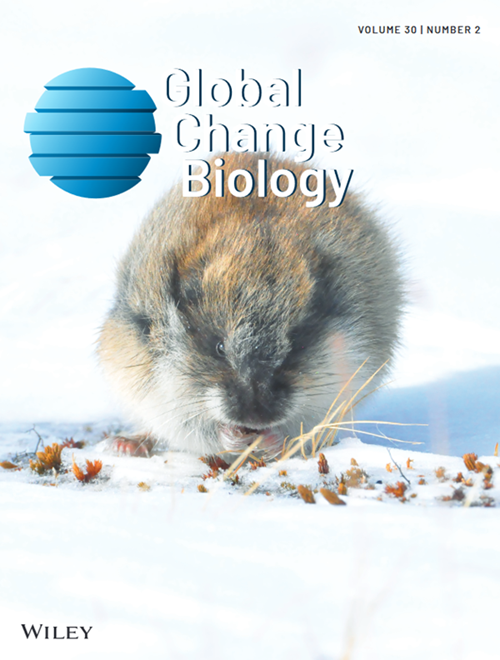The current soil carbon paradigm puts particulate organic carbon (POC) as one of the major components of soil organic carbon worldwide, highlighting its pivotal role in carbon mitigation. In this study, we compiled a global dataset of 3418 data points of POC concentration in soils and applied empirical modeling and machine learning algorithms to investigate the spatial variation in POC concentration and its controls. The global POC concentration in topsoil (0–30 cm) is estimated as 3.02 g C/kg dry soil, exhibiting a declining trend from polar regions to the equator. Boreal forests contain the highest POC concentration, averaging at 4.58 g C/kg dry soil, whereas savannas exhibit the lowest at 1.41 g C/kg dry soil. We developed a global map of soil POC density in soil profiles of 0-30 cm and 0–100 cm with an empirical model. The global stock of POC is 158.15 Pg C for 0–30 cm and 222.75 Pg C for 0–100 cm soil profiles with a substantial spatial variation. Analysis with a machine learning algorithm concluded the predominate controls of edaphic factors (i.e., bulk density and soil C content) on POC concentration across biomes. However, the secondary controls vary among biomes, with solid climate controls in grassland, pasture, and shrubland, while strong vegetation controls in forests. The biome-level estimates and maps of POC density provide a benchmark for modeling C fractions in soils; the various controls on POC suggest incorporating biological and physiochemical mechanisms in soil C models to assess and forecast the soil POC dynamics in response to global change.




